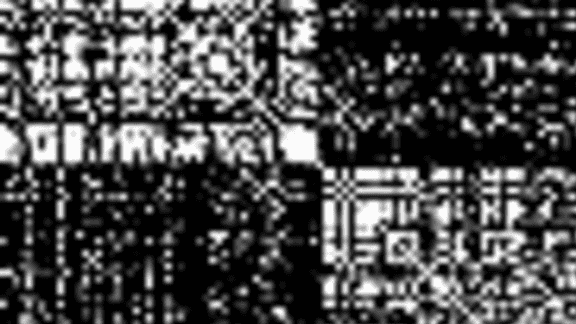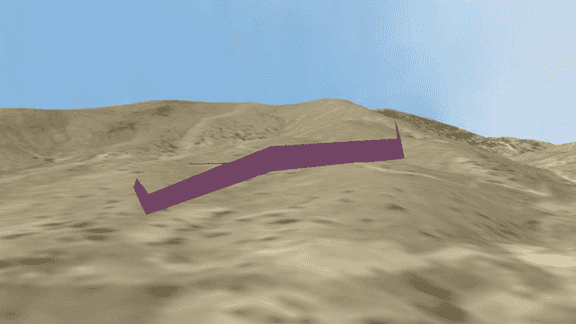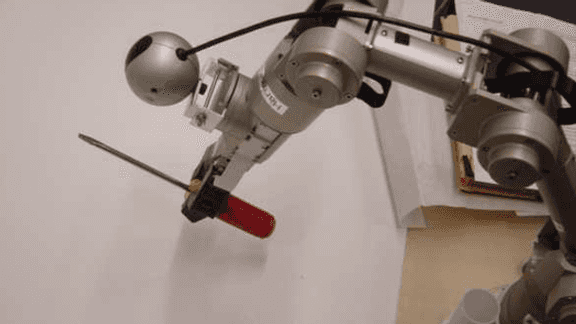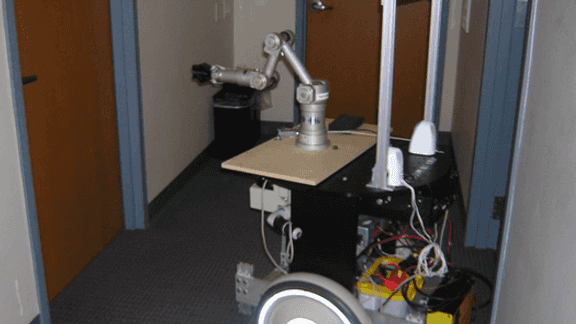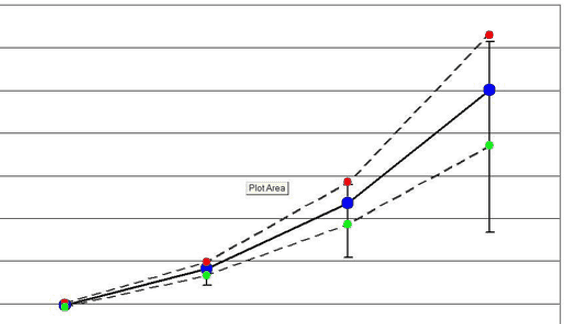Efficient L1 Regularized Logistic Regression
L1 regularized logistic regression is now a workhorse of machine learning: it is widely used for many classification problems, particularly ones with many features. L1 regularized logistic regression requires solving a convex optimization problem. However, standard algorithms for solving convex optimization problems do not scale well enough to handle the large datasets encountered in many […]
